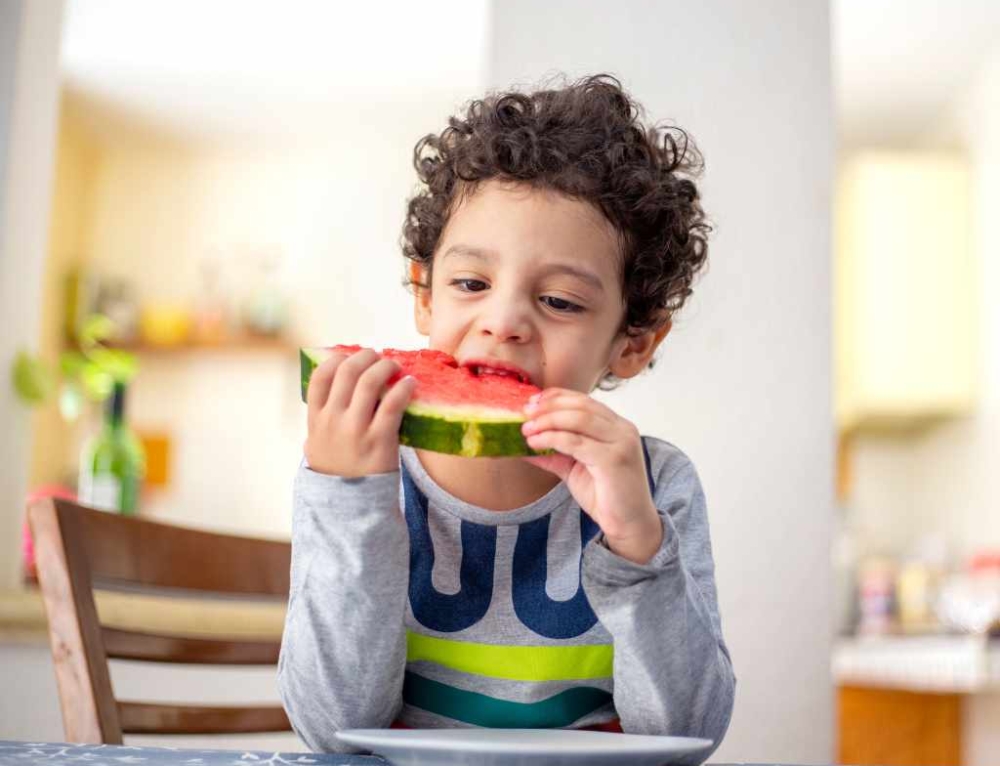Children at this age are focused on developing their knowledge of larger whole numbers as well as fractions. It is at this age that students are using formal written algorithms as well as learning their times tables. Children in this age bracket are consolidating previously learnt concepts and developing new skills at a steady pace. Please consider what you read below in the context of your own child’s unique development.
- Children at this age can add and subtract up to four digit numbers. They can read to 9999 as well as count to this number, record and order four digit numbers from largest to smallest (descending) and smallest to largest (ascending).
- Children are learning their times tables and the expectation nationally is that children will know up to their 10×10 tables. Times tables are taught so that children can attempt to solve problems with a degree of automaticity. Questions and totals are now in larger numbers and repeated addition or subtraction to solve a problem is laborious. Children will need to be supported to achieve this goal. Focusing on understanding the patterns and the relationship between numbers will be more beneficial for your child than them simply rote learning, although they may wish to rote learn as it is quicker.
- Children understand when it is suitable to estimate and when it is important to calculate an exact answer. Estimation skills should be well developed.
- Children are now familiar with notes and coins and can use both to give change from $100.
- Children are now using formal algorithms. Many errors are made due to layout rather than misunderstanding the mathematical concept. Ensure that your child can explain what they are doing as they ‘trade’ between columns.
- Children at this age also begin working with percentages and this can be supported by linking to real life shopping experiences, sale advertisements etc. Percentages such as 50% are taught as 50 one hundredths and 75% is 75 one hundredths. Students will be begin working with percentages by drawing and using concrete materials to model value. Children will be able to place percentages on a number line and understand that they are less than one whole.
- Number work expands to include decimal work as children are expected to model, compare, add and subtract numbers which include decimals to two places eg 3.75 + 5.95.
- Fractions are now being compare by students and they should be able to talk about the worth of simple fractions eg explaining that ¾ is larger than 2/3.
Remember
It’s important to remember that the goal at this stage of numeracy development is for children to feel confident in their personal knowledge of maths. They need to feel confident in being able to apply strategies to solve problems as well as being confident in what they have been taught so that they can make connections between old information and new skills as they are taught. Children need to be able to talk about how they solve problems to support their working out.
This article was written by Michelle Barrington for Kidspot, New Zealand’s leading education resource for parents from sources including Board of Studies, Victorian education documents and SA curriculum. Michelle is a teacher and mother who blogs at Gee, You’re Brave.







Leave A Comment
You must be logged in to post a comment.